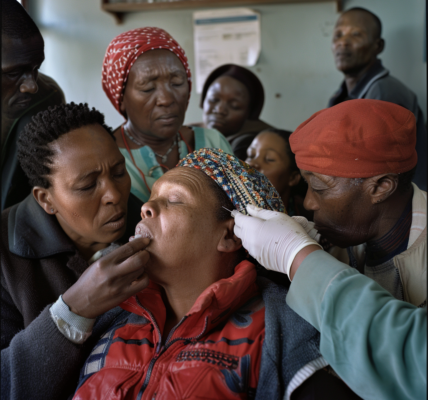According to a study published online in the American Journal of Preventive Medicine, declines in cardiovascular disease (CVD) mortality observed from 2010 to 2019 were reversed in 2020 and persisted through 2022. The study, conducted by Rebecca C. Woodruff, Ph.D., and colleagues from the U.S. Centers for Disease Control and Prevention, utilized national mortality data from the National Vital Statistics System to analyze temporal trends in CVD death rates.
During the period of 2010 to 2022, there were a total of 10,951,403 CVD deaths, with 75.6 percent attributed to heart disease and 16.9 percent to stroke. The national CVD age-adjusted mortality rate exhibited an 8.9 percent decrease from 456.6 to 416.0 per 100,000 from 2010 to 2019. However, this was followed by a 9.3 percent increase to 454.5 per 100,000 in 2022, indicating a reversal in the declining trend.
Notably, there were 228,524 excess CVD deaths from 2020 to 2022, representing a 9 percent increase compared to the expected numbers based on the trends observed from 2010 to 2019. The study also highlighted variations in the results by CVD subtype and population subgroup.
The authors of the study emphasized the enduring and widespread increases in CVD mortality during the initial years of the COVID-19 pandemic, urging the prioritization of prevention, detection, and treatment of chronic and acute CVD to address the persistent adverse trends observed during this period.
This study sheds light on the concerning reversal of declining CVD mortality rates and the impact of the COVID-19 pandemic on cardiovascular health. The findings underscore the importance of addressing the challenges posed by the pandemic on CVD prevention and treatment.





